Complexity and interdependence demand proper sequencing, scheduling, and coordinating with the delivery of materials and equipment. With ALICE, quickly model constraints, assess and de-risk your construction project before you ever break ground.
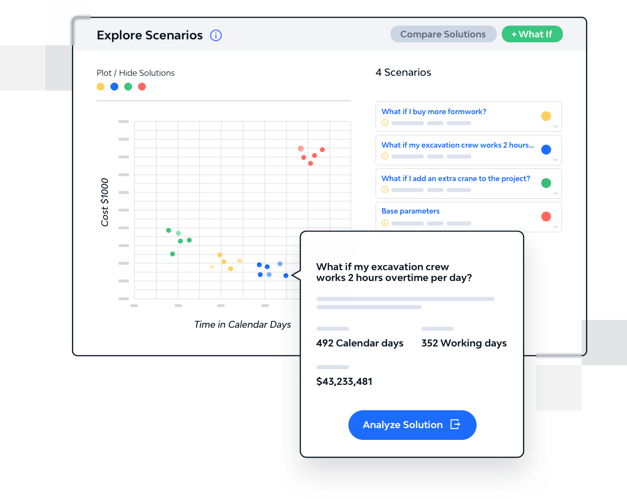
CONSTRUCTION PROJECT RISK ASSESSMENT SOFTWARE
Minimize your risk exposure
Our features were designed from the ground up to help you identify risks and reduce your exposure to conflicts and potential hazards. Owners and contractors use ALICE to:
+ Simulate project constraints
+ Reveal potential risks to assess
+ Optimize alternative build sequences + schedules
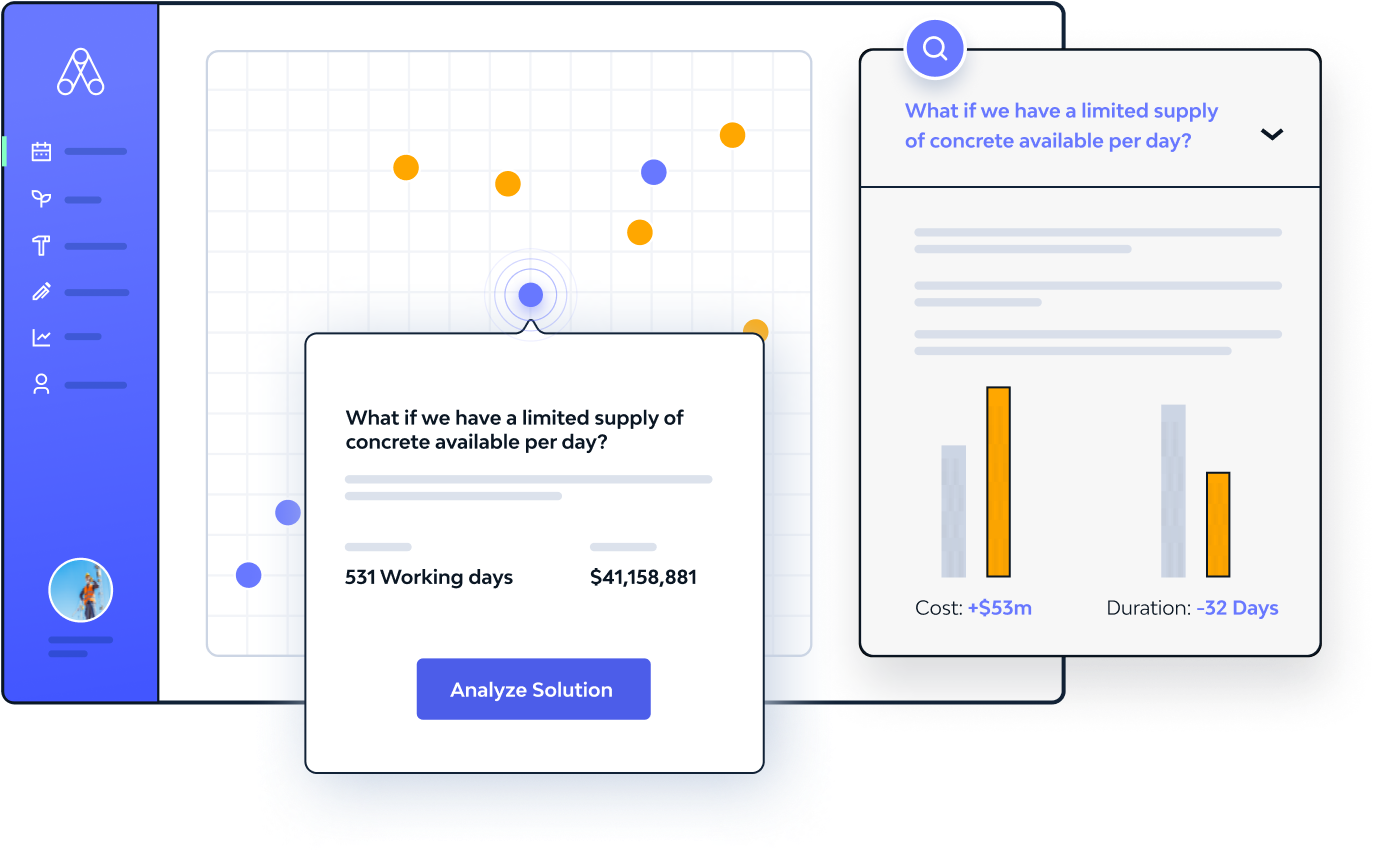

COURSE CORRECT
Turn risks into opportunity
When inevitable changes occur, use ALICE's powerful optioneering engine to identify the best path forward and make informed decisions.
+ Analyze current progress in the moment
+ Assess new data against project constraints
+ Explore alternatives for mitigating risk exposure
+ Optimize plans to meet onsite conditions
+ Schedule around delays or unexpected changes
Managing risk in construction projects is difficult - but ALICE makes it easier
Effective construction risk assessment software is critical to project success. ALICE helps you to reduce your financial exposure to damages triggered by scheduling conflicts and project overruns, and to choose the ideal approach to unforeseen issues.

"We used ALICE to mitigate risk on the project and have a competitive bid that allowed us to win the job."
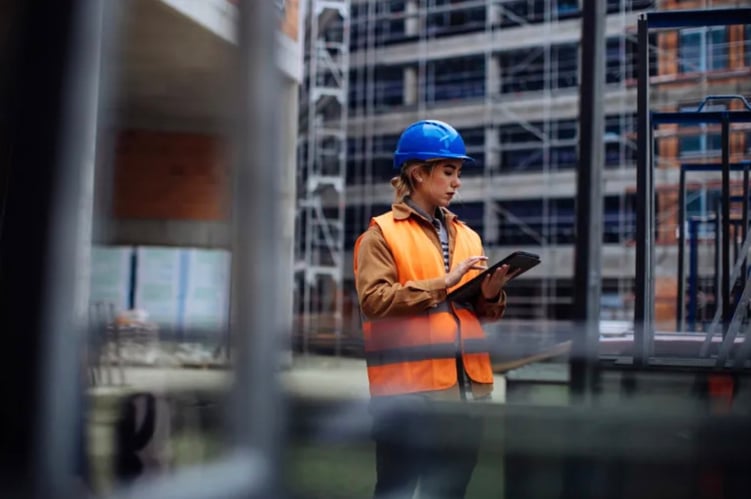
CASE STUDY
How Andrade Gutierrez Overcame Delays & Mitigated Risk on a Critical Infrastructure Project Using ALICE
The Results
Cost Savings:
- By completing the project 27 days earlier, the team saved approximately 2.7% of the total project value in overhead costs.
- Additionally, the optimized schedule mitigated the construction risk of up to 6% of the project value in liquidated damages.
Optimize every construction phase with ALICE
ALICE gives you new planning and construction super powers
Resources that help you evaluate the best
construction risk management software
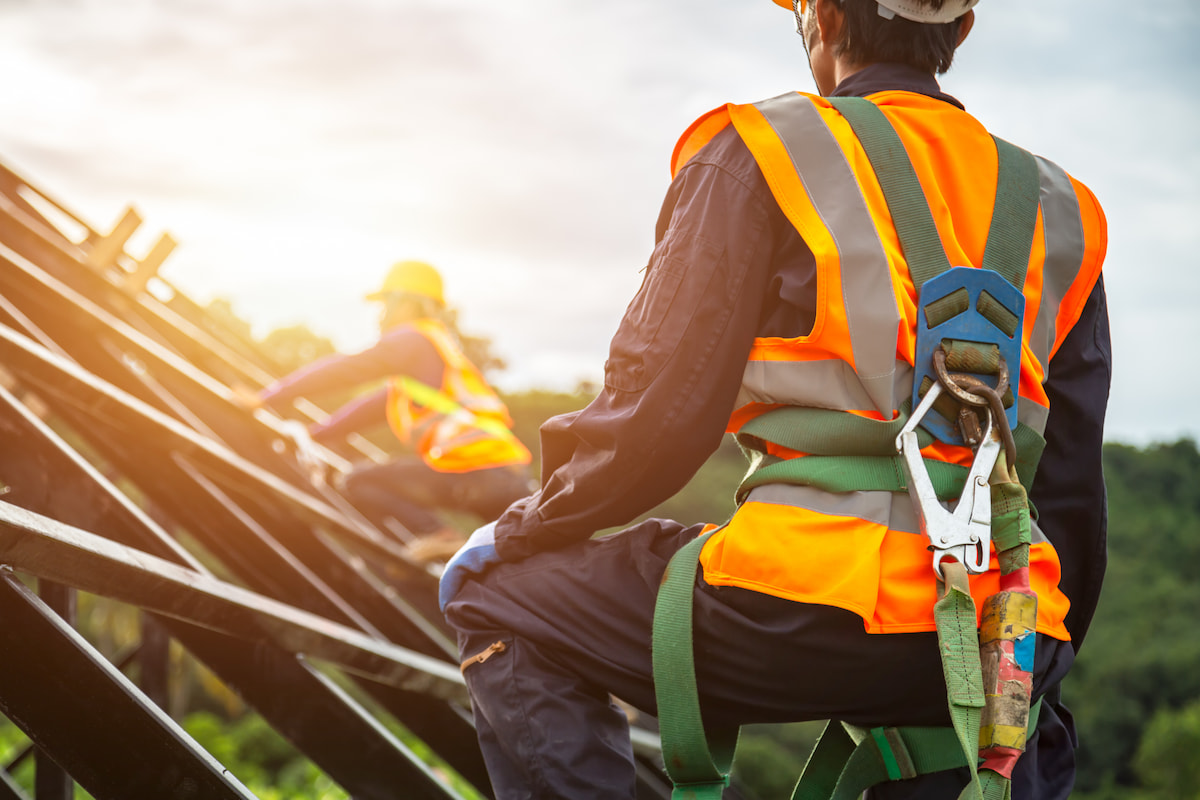
Construction Project Risk Management: A Primer
Construction is regularly cited as one of the most dangerous professions. Yet employee safety is just one of the risks of a construction project.
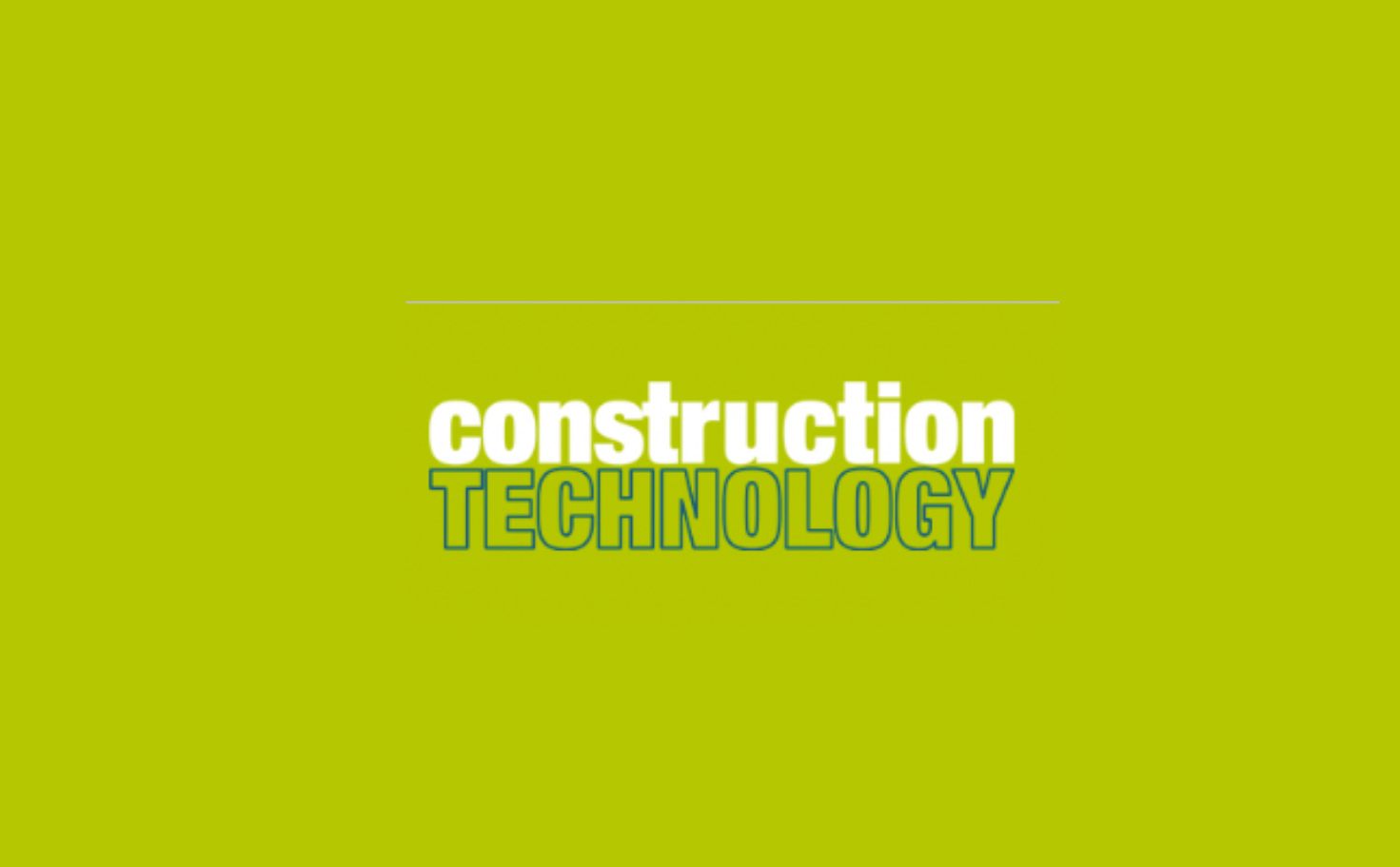
Construction Technology feature: Using AI to reduce risk for construction
Alice Technologies and Bouygues Travaux Publics have announced a new partnership that will see them collaborate on multiple complex projects across the world using the power of artificial intelligence (AI).
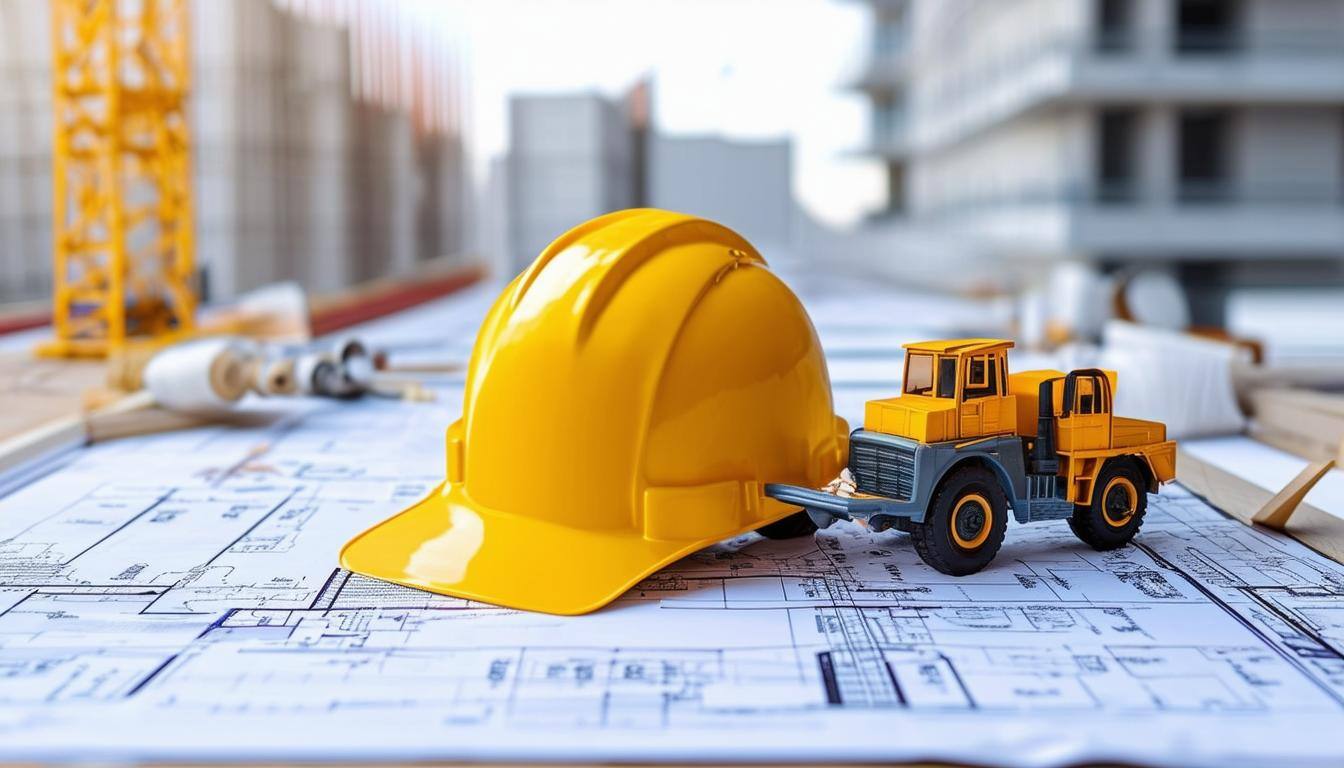
Construction Risk Management: What Is It & How to Reduce Risk
Learn the essentials of construction risk management, including how to identify, mitigate, and manage various risks to ensure project success.
Construction Project Risk Mitigation & Management Software
Frequently asked questions
-
Risk mitigation in construction projects involves identifying, assessing, and implementing strategies to reduce or eliminate potential construction project risks, such as delays, cost and budget overruns, and resource shortages, to ensure successful project delivery.
-
The ALICE software helps with construction project risk management and assessment by using AI to automate the optimization of project schedules, enabling you to explore multiple scenarios to generate feasible solutions with reduced risk and make data-driven decisions. This reduces the likelihood of project delays, cost overruns, and other common risks.
-
The five principles of risk management and assessment in construction include:
- Risk Identification: Recognizing potential risks early.
- Risk Assessment: Analyzing the likelihood and impact of each risk.
- Risk Prioritization: Focusing on the most critical risks.
- Risk Mitigation: Developing strategies to reduce or eliminate risks.
- Risk Monitoring: Continuously tracking and managing risks throughout the project lifecycle.
Source: Project Management Institute’s (PMI) “A Guide to the Project Management Body of Knowledge (PMBOK® Guide).”
-
The four types of construction risk include:
- Time Risk: Delays impacting project timelines.
- Cost Risk: Budget overruns due to unforeseen expenses.
- Quality Risk: Failure to meet project specifications or standards.
- Safety Risk: Hazards that could cause accidents or injuries on site.
-
To reduce risk in construction projects, you can employ strategies such as detailed project planning, thorough cost estimation studies, continuous project monitoring, and using advanced AI tools like ALICE software to optimize schedules and resources, minimizing the likelihood of delays and overruns.